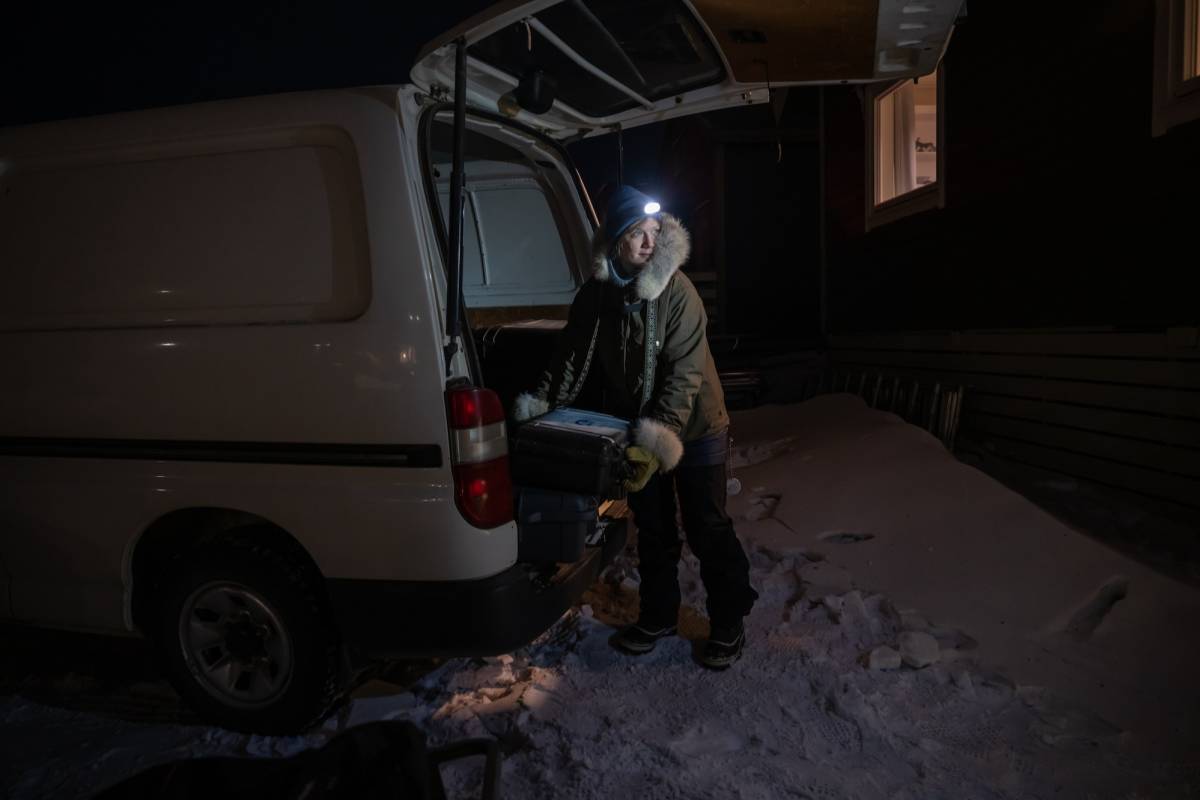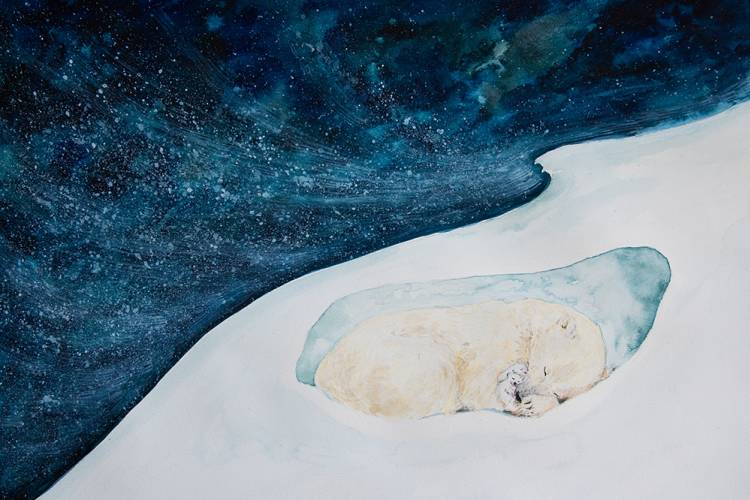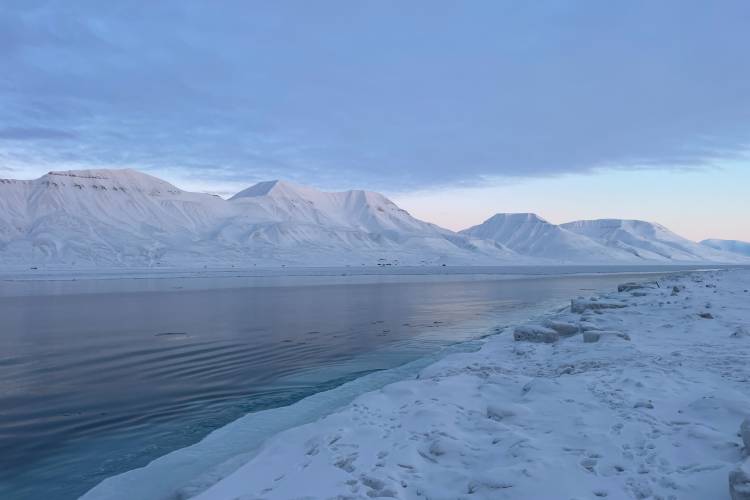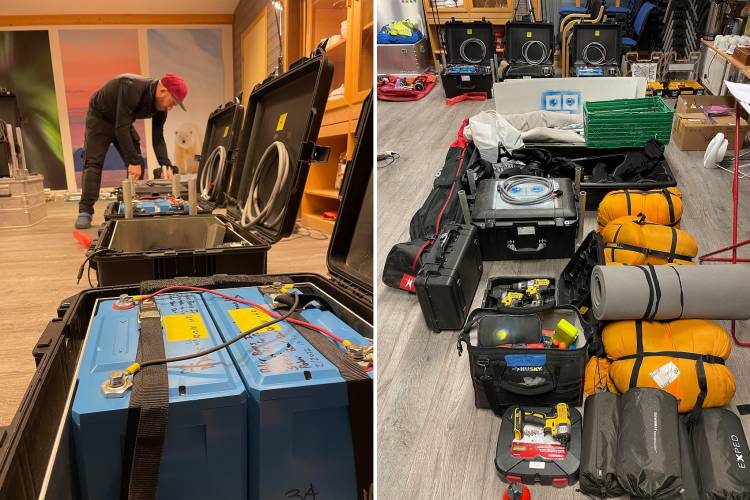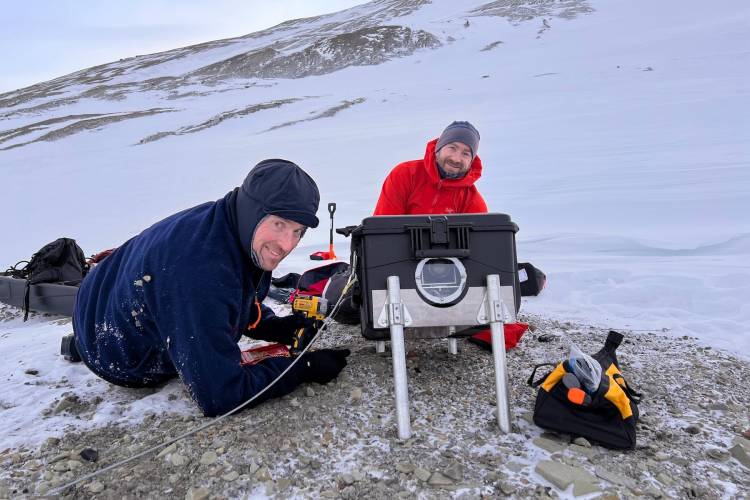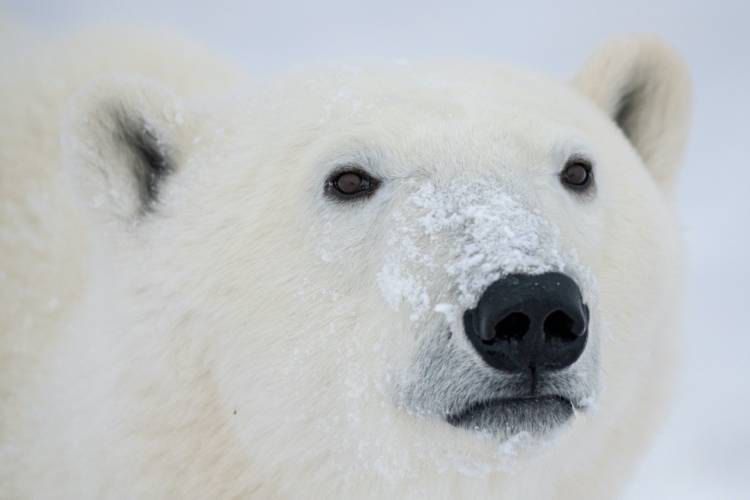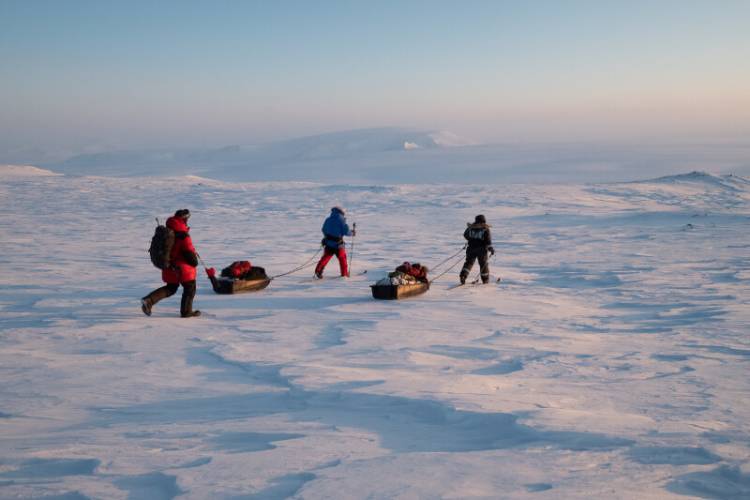Winter in the high Arctic is cold, windy, and dark. At my home here in Svalbard, Norway, at 78*N, the sun sets in late October and stays below the horizon for months. Until it returns, I must hopefully and trustingly believe the sun still exists.
During the depth of winter, the stars and the moon light the northern sky, and my world peacefully shrinks. I find comfort in familiar cabin trips, the warmth of my woolen sweaters, the cherished closeness of loved ones, the sweetness of autumn-picked berry jams, or the nourishment of long-cooked soups.
